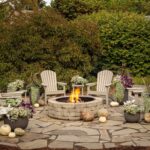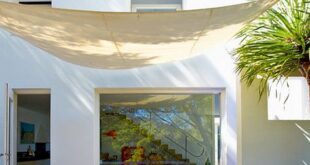Landscaping design is an art form that combines nature and architecture to create beautiful outdoor spaces. When done well, landscaping design can enhance the beauty and functionality of a property, increasing its value and providing a peaceful retreat for homeowners to enjoy.
One key aspect of landscaping design is the consideration of the natural features of the property, such as the slope of the land, existing vegetation, and sunlight exposure. By working with these elements, a landscape designer can create a harmonious design that complements the natural surroundings.
In addition to considering the natural features of the property, landscaping design also takes into account the needs and preferences of the homeowners. Whether the goal is to create a serene garden for relaxation, a functional outdoor living space for entertaining, or a play area for children, the design should reflect the lifestyle and tastes of the homeowners.
Plants play a crucial role in landscaping design, adding color, texture, and dimension to the outdoor space. The selection of plants should be based on factors such as climate, soil type, and maintenance requirements. Additionally, the placement of plants within the design should consider their growth habits and mature size to ensure a balanced and cohesive look.
In addition to plants, hardscape elements such as pathways, patios, and retaining walls can add structure and definition to a landscape design. These elements should be carefully integrated into the overall design to create a seamless transition between the built environment and the natural surroundings.
Ultimately, landscaping design is a creative process that requires careful planning, attention to detail, and a keen eye for aesthetics. By working with a skilled landscape designer, homeowners can transform their outdoor space into a work of art that enhances the beauty and functionality of their property. With the right design, landscaping can create a truly special outdoor retreat that adds value and enjoyment to any home.
















